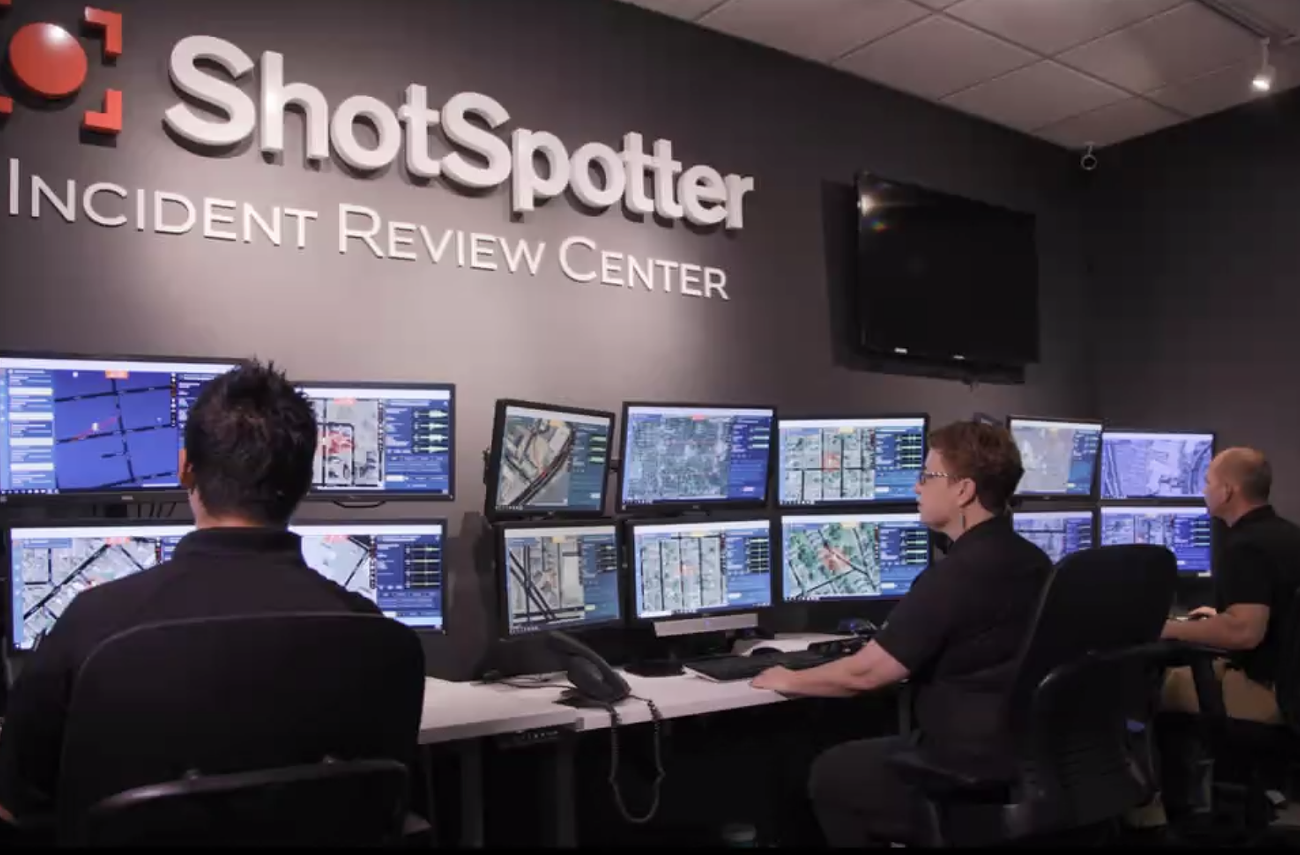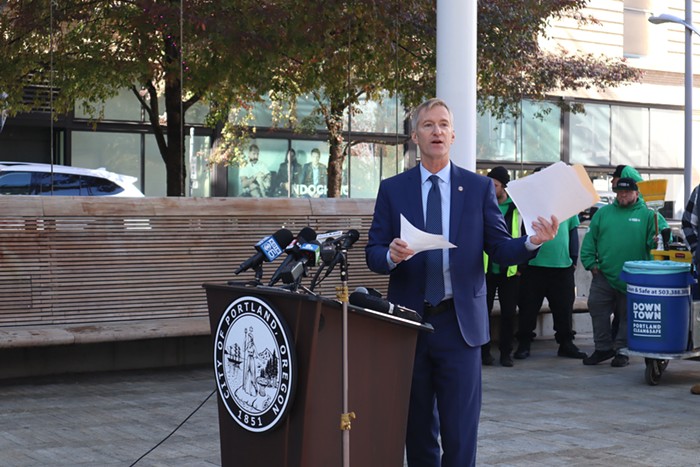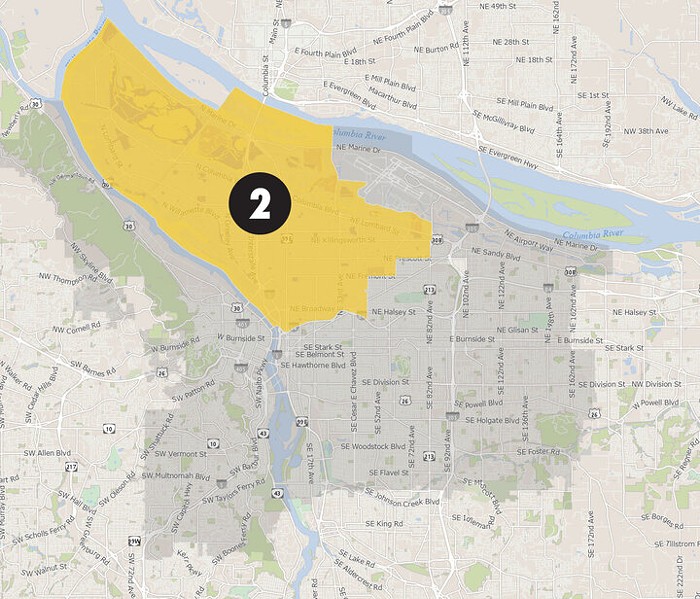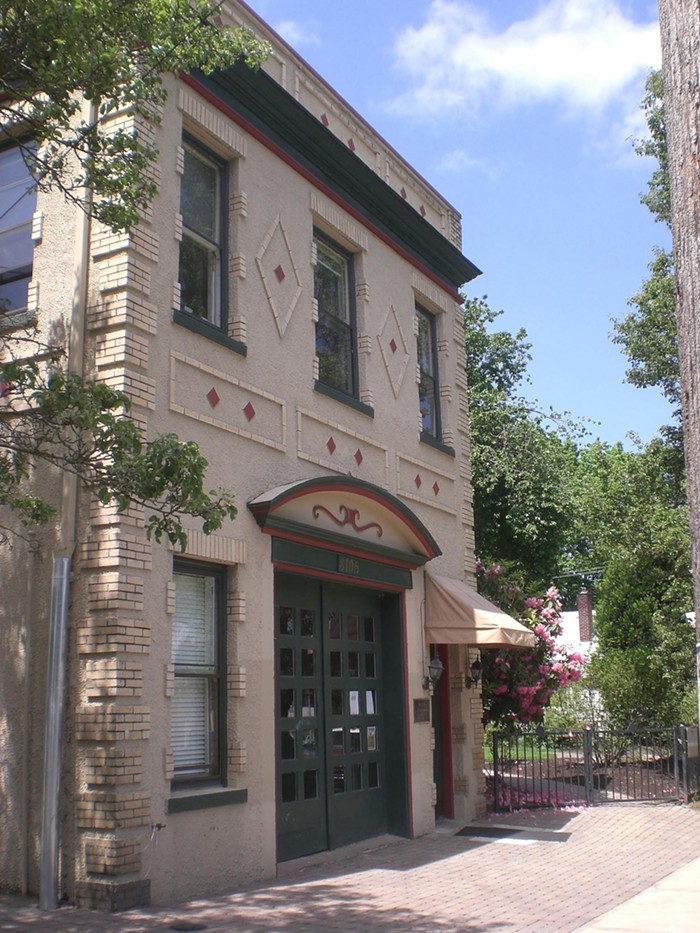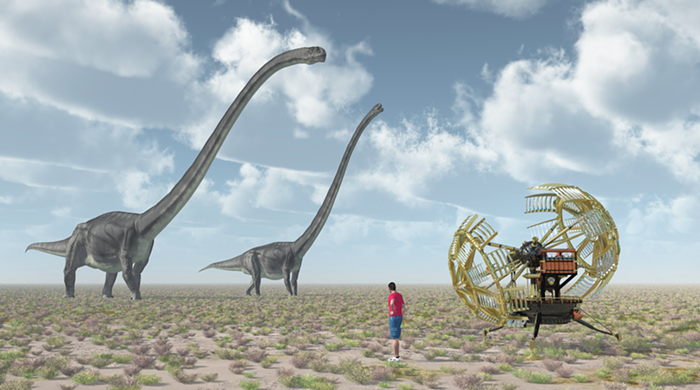Before Portland’s elected leaders decide on a vendor for a gunshot detection pilot program, the public heard from two companies vying for a city contract. The city plans to launch a year-long pilot program in neighborhoods with frequent gun violence.
During an April 25 community meeting held on Zoom, representatives with SoundThinking, the company formerly called ShotSpotter that sells technology under the ShotSpotter brand, said the gunshot detection hardware can identify gunfire with at least 90 percent accuracy and only a .5 percent false positive rate. ShotSpotter uses microphones placed atop utility poles and buildings around neighborhoods, to detect gun fire and alert police and emergency responders.
Those accuracy claims have been disputed by critics, including in cities where ShotSpotter already operates.
The company’s presentation was followed by information from EAGL, a competing provider that uses energy sensors, rather than microphones, to detect and alert for gunfire.
While Sound Thinking reps touted the company’s 27-year history and broad implementation in more than 150 cities, EAGL was quick to note its technology doesn’t rely on activated microphones, as ShotSpotter does.
“What happens with our system is we detect an incident, using AI on board these self-contained sensors, we determine whether it’s likely a gunshot, at that point. We then push that data packet out to our servers,” Chuck Freiberg of EAGL said. EAGL systems use algorithms to gauge the nature of gunfire and distinguish gunshots from other loud noises.
Freiberg said the data is given to the city in a CSV file and the city determines how to store it.
ShotSpotter is said to use artificial intelligence (AI) to filter out noise and determine location of gunfire. Information goes to human reviewers, who then send alerts to police if the sound is determined to be gunfire. EAGL relies solely on AI, not a human reviewer.
Concerns about privacy, data and overall effectiveness were sticking points for the more than 70 people who logged on to Tuesday’s public forum. Many asked about the efficacy of the technology, while others insisted the city should back off its pursuit of gunshot detection technology that has led to an increase in stop and frisk searches in Chicago, and “shows no significant decrease in the rate of violent crimes,” as one attendee noted.
Terri Greene, SoundThinking’s Western states director, and Ron Teachman, a former police officer who now works as a rep for SoundThinking, said ShotSpotter can pinpoint the location where shots were fired, as well as the number of shooters. The technology signals police quickly after the shots are detected, bypassing the typical lag time from 911 calls from witnesses, if they call 911 at all. Company reps even went as far as sharing data from the National Institute for Criminal Justice Reform, putting a monetary figure on the cost of each homicide and injury shooting, in terms of economic impacts to cities.
“ShotSpotter will tell you what happened, when it happened, and where it happened,” Teachman said. “We don’t tell you who. As we say to the police, ‘That’s on you,’ but we do help with solvability.”
Paul John from SoundThinking’s community engagement team said the company’s operations are “trauma informed, culturally sensitive, and community responsive.”
Still, that may not be enough to sway critics who say the technology isn’t a good return on investment.
In 2021, Chicago’s Office of Inspector General’s Public Safety section concluded “ShotSpotter alerts can seldom be shown to lead to investigatory stops which might have investigative value and rarely produce evidence of a gun-related crime.”
In other cities, the technology rarely yields arrests of suspects and has failed to prove a decline in gun violence that can be traced to its hardware. In other words, the tech may be able to detect gunfire, but it’s unclear whether it’s helping to reduce it.
After implementing ShotSpotter, some cities, like Dayton, Ohio, have stopped using it, noting the system didn’t effectively help curb gun violence. Other cities have cited a high number of false alarm calls, where police were summoned to respond to noises that were miscategorized by ShotSpotter as gunfire.
In 2016, investigative news outlet Reveal noted that in San Francisco, only two arrests were made over two and a half years, despite more than 3,000 ShotSpotter alerts. Of those arrests, only one was gun-related.
More recently, in San Diego, news outlets there reported officers responded to 417 alerts over a two-year-period, of which 62 were related to crimes involving guns. An independent data review by another outlet found 72 of 584 ShotSpotter activations were false alarms. Police there said nail guns and jack hammers were likely triggering the sensors, in error.
Reps from EAGL tried to position the company’s technology as non-invasive, but the company also lacks data on the effectiveness of its energy sensors.
EAGL couldn’t provide data on how well the tech does in noisy, urban areas like Portland and declined to cite other clients or cities it works with, citing privacy concerns and fears of SoundThinking trying to poach its current customers.
The city's cost for the pilot program is unknown, as it varies depending on the number of sensors needed, but previous reporting pegs the cost of ShotSpotter at $60,000 to $90,000 per square mile, per year. EAGL charges $2,200 for each sensor, with an estimated cost of $77,000 to $110,000 per square mile, but a substantially lower annual fee than its competitor.
EAGL drew substantially fewer questions and less criticism, partly because the city, up until the last few months, had no plans to let EAGL or any other company bid on a contract for its pilot program. Previously, Portland leaders were poised to skip the competitive bidding process, but changed course in January. The city received four proposals and narrowed those down to two for consideration.
Moreover, as OPB previously reported, SoundThinking reps quietly sought to influence members of the Portland Police Bureau, who in turn introduced ShotSpotter to the Focused Intervention Team Community Oversight Group (FITCOG)–a police oversight committee. FITCOG later recommended the city initiate a contract with the company.
The city auditor’s office determined SoundThinking didn’t violate city lobbying rules in its sustained communication with police.
